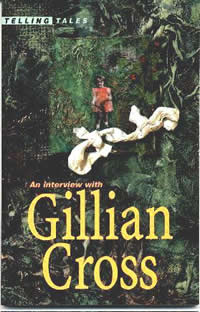What does your Sherlock collection contain? Do have any memorabilia items?
Mostly I collect works of fiction which use Sherlock Holmes as a character, and I have several hundred of those, but I also have a sideline in collecting books of literary criticism which analyse the Sherlock Holmes stories. The ones that especially interest me are the ones which assume that Sherlock Holmes is in some sense a real person and then try to work out whether he went to Cambridge or Oxford University by analysing the attendance records between 1860 and 1880 looking for someone with the surname “Holmes”.
There are some criticism by conservative fans, what is your opinion about it? Is there anything you would like to tell them?
I understand the criticisms by conservative fans, and if someone else was writing this series then I would probably feel the same way. The
problem with conservative fans is that they want everything to be exactly the same as it was when Conan Doyle was writing, but the world and fictional styles have moved on. I would point out to them, however, that I am trying desperately not to contradict anything that Conan Doyle did, and that I am attempting to explain how Sherlock Holmes came to develop all of those skills that Conan Doyle told us he had – the boxing, the fencing, the martial arts, the chemistry, the violin playing… It stands to reason that Sherlock Holmes had to learn those things somewhere, and, more importantly, he had to have a reason for learning them all. Conservative Sherlockians tend to assume that Sherlock Holmes was either never a child or that he was like the adult version when he was a child. I just can’t see how that can be true.
ACTIVITIES
1.- Answer the following questions
1.- How did Andrew became hooked on Sherlock Holmes stories?
2.- Was Sherlock Holmes a real person?
3.- Why has Andrew been criticized by some of Arthur Conan Doyle’s fans?
Upload answers on your blog!
DH, Dinah and the Computer Club
Posted: March 17, 2013 by carlachavezs in ReadersTags: demon headmaster
0
The Deamon Headmaster and the Prime Minister’s Brain is the second book of the series written by Gillian Cross. When these books were turned into a BBC series, the Prime Minister’s Brain was part of chapters 4 to 6. These are the first minutes of chapter 4. Watch them carefully to answer the questions below. After checking your responses, read chapters 1-3 and compare with the TV series.
1. What is the purpose of this SPLAT’S meeting?
2. What do they do at the computer club? Who likes it?
3. What is the name of the computing competition?
4. What is the name of the computer game?
5. Who invites Dinah to participate?
6. Was it easy for Dinah to win the competition? How do you know?
7. Who sent the card to Dinah? What does it say?
8. When and where will the finals take place?
9. What does Dinah need to go to the finals?
10. How does Dinah react when her mom says that she can’t afford the new laptop?
11. What are three solutions offered by Dinah to buy the laptop?
12. What did mom say?
1. What is the purpose of this SPLAT’S meeting?
2. What do they do at the computer club? Who likes it?
3. What is the name of the computing competition?
4. What is the name of the computer game?
5. Who invites Dinah to participate?
6. Was it easy for Dinah to win the competition? How do you know?
7. Who sent the card to Dinah? What does it say?
8. When and where will the finals take place?
9. What does Dinah need to go to the finals?
10. How does Dinah react when her mom says that she can’t afford the new laptop?
11. What are three solutions offered by Dinah to buy the laptop?
12. What did mom say?





